|
[1]
|
郭海燕. 人类干扰对王朗自然保护区大熊猫及其栖息地的影响[D]. 四川大学,2003. |
|
[2]
|
王化儒. 基于遥感的东北虎生境变化及其原因分析[D]. 北京师范大学,2012. |
|
[3]
|
冰蓝.猴王喊你巡山去[J]. 中国周刊, 2016, (7
). |
|
[4]
|
张敏, 李凭, 邵义, 等. 自然保护区建设在野生动物保护中的作用[J]. 辽宁林业科技,2007,(3):51~52. |
|
[5]
|
李缅. 新知识新信息[J]. 思想政治课教学,1993,(12
). |
|
[6]
|
Li B B, Pimm S L, Sheng L, et al. Free-ranging livestock threaten the long-term survival of giant pandas[J]. Biological Conservation,2017,216:18~25. |
|
[7]
|
Carter N H, Shrestha B K, Karki J B, et al.Coexistence between wildlife and humans at fine spatial scales[J]. Proceedings of the National Academy of Sciences,2012,109(38):15360~15365. |
|
[8]
|
周学红, 蒋琳, 王强, 等.朱鹮游荡期对人类干扰的耐受性[J]. 生态学报,2009,29(10). |
|
[9]
|
史飞. 城市中松鼠觅食过程对人类活动产生的适应性行为[J]. 安徽农业科学,2015,(15):141~142. |
|
[10]
|
冉江洪. 小相岭大熊猫种群生态学和保护策略研究[D]. 四川大学,2004. |
|
[11]
|
四川省林业厅. 四川省第四次大熊猫调查报告[M].成都:四川科学技术出版社,2015. |
|
[12]
|
唐小平, 贾建生, 王志臣, 等. 全国第四次大熊猫调查方案设计及主要结果分析[J]. 林业资源管理,2015, (1):11~16. |
|
[13]
|
Hull V, Zhang J, Zhou S, et al. Impact of livestock on giant pandas and their habitat[J]. Journal for Nature Conservation,2014,22(3):256~264. |
|
[14]
|
Wei F, Costanza R, Qiang D, et al. The Value of Ecosystem Services from Giant Panda Reserves[J]. Current Biology, 2018,28(13):2174~2180. |
|
[15]
|
王学志. 岷山地区人类活动干扰对大熊猫生境利用的影响研究[D]. 中国科学院研究生院,2008. |
|
[16]
|
白文科, 张晋东, 杨霞, 等. 基于GIS的卧龙自然保护区大熊猫生境选择与利用[J]. 生态环境学报, 2017,26(01):73~80. |
|
[17]
|
周世强, Vanessa, HULL, 等. 野生大熊猫与放牧家畜的空间利用格局比较[J]. 兽类学报, 2016,36(2):138~151. |
|
[18]
|
张晋东, 李玉杰, 李仁贵, 等. 红外相机技术在珍稀兽类活动模式研究中的应用[J]. 四川动物, 2015,34(5):671~676. |
|
[19]
|
Huang J, Li Y Z, Du L M, et al. Genome-wide survey and analysis of microsatellites in giant panda (Ailuropoda melanoleuca), with a focus on the applications of a novel microsatellite marker system[J]. BMC Genomics, 2015,16(1):61. |
|
[20]
|
王晓, 侯金, 张晋东, 等.同域分布的珍稀野生动物对放牧的行为响应策略[J]. 生态学报, 2018a, 38(18):129
~137. |
|
[21]
|
Liu X, Wu P, Songer M, et al. Monitoring wildlife abundance and diversity with infrared camera traps in Guanyinshan Nature Reserve of Shaanxi Province, China[J]. Ecological Indicators, 2013,33(Sp. Iss. SI):121~128. |
|
[22]
|
武鹏飞, 刘雪华, 蔡琼, 等. 红外相机技术在陕西观音山自然保护区兽类监测研究中的应用[J]. 兽类学报,2012., 32(1):67
~71. |
|
[23]
|
张晋东. 人类与自然干扰下大熊猫空间利用与活动模式研究[D]. 中国科学院研究生院,2012. |
|
[24]
|
|
|
[25]
|
王晓, 李玉杰, 李程, 等. 卧龙自然保护区放牧对大熊猫的影响[J]. 西华师范大学学报:自然科学版, 2018b,39(1):11~15. |
|
[26]
|
Zhang J, T Connor, H Yang, et al. Complex effects of natural disasters on protected areas through altering telecouplings[J]. Ecology and Society,2018,23(3):17. |
|
[27]
|
胡锦矗, 夏勒. 卧龙的大熊猫[M]. 成都:四川科学技术出版社,1985. |
|
[28]
|
Zhang J, Hull V, Ouyang Z, et al. Divergent responses of sympatric species to livestock encroachment at fine spatiotemporal scales[J]. Biological Conservation, 2017,209:119~129. |
|
[29]
|
姜广顺. 多空间尺度下驼鹿和狍受人类干扰的生态效应及其适应机制研究[D]. 东北林业大学,2007. |
|
[30]
|
葛晨. 人类干扰下的野生鸟类警戒行为研究[D]. 南京大学,2012. |
|
[31]
|
刘亚儒, 杨绣坤. 我国野生动植物资源利用的现状与保护[J]. 现代园艺, 2018,366(18):159. |






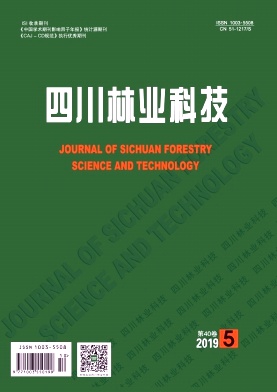




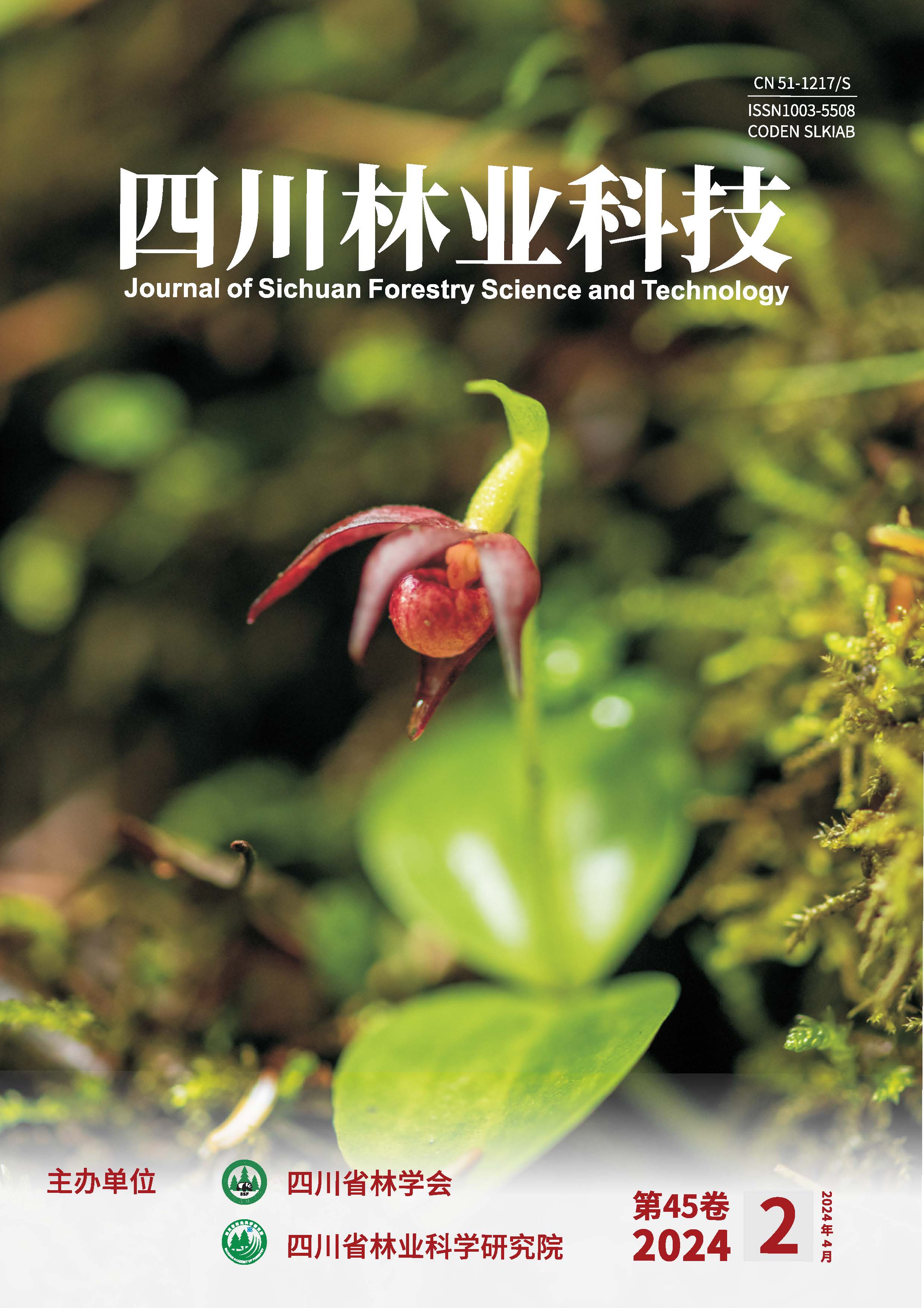

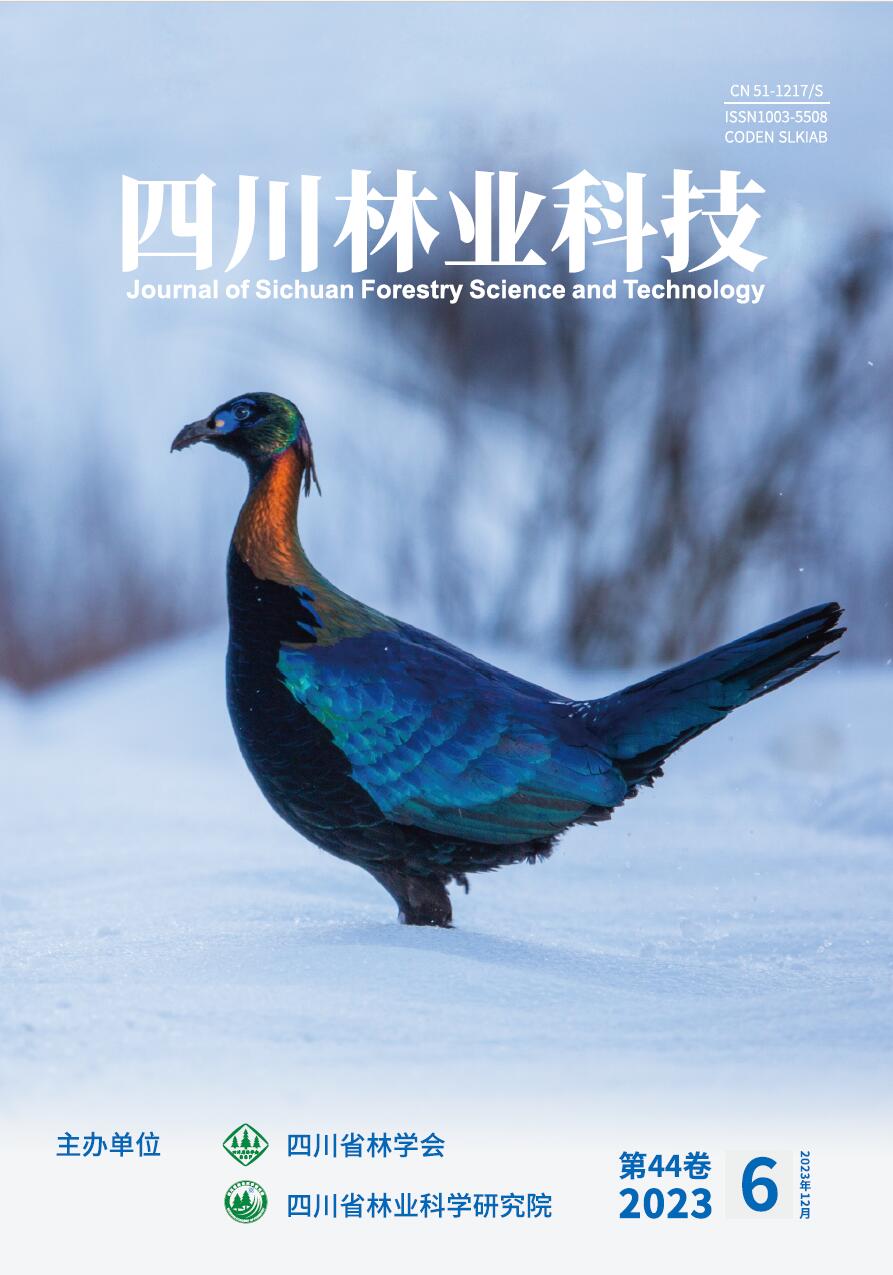
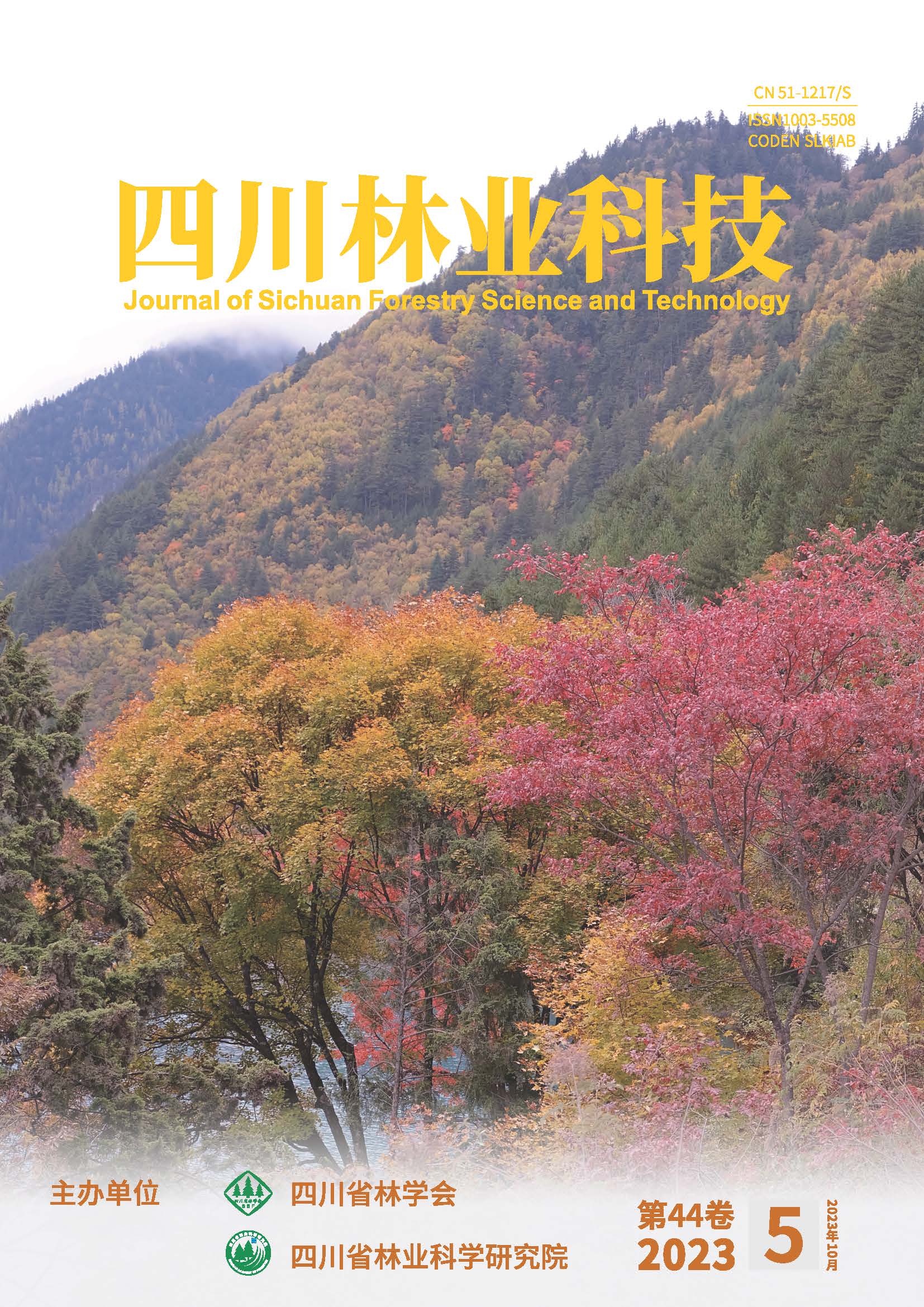
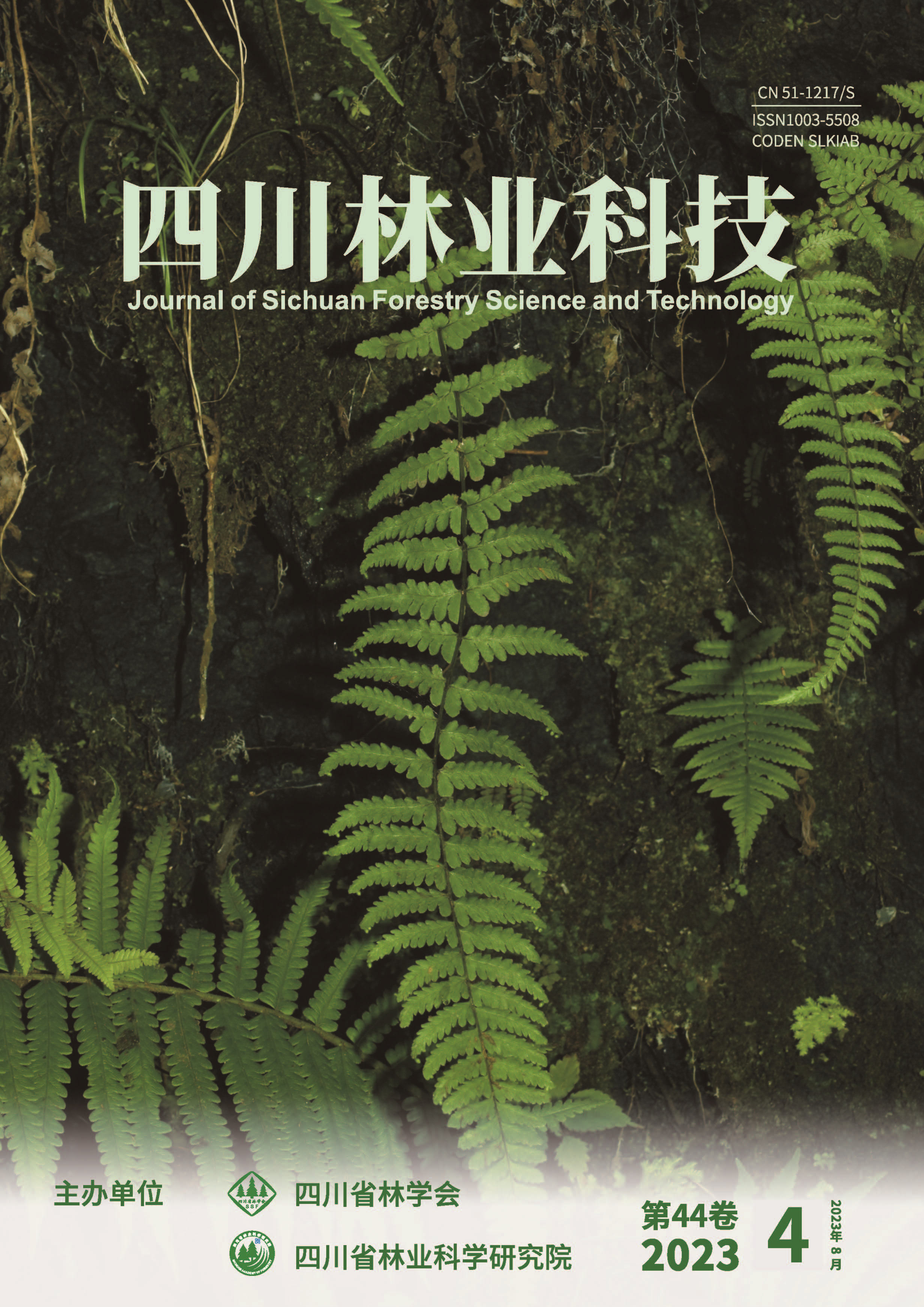
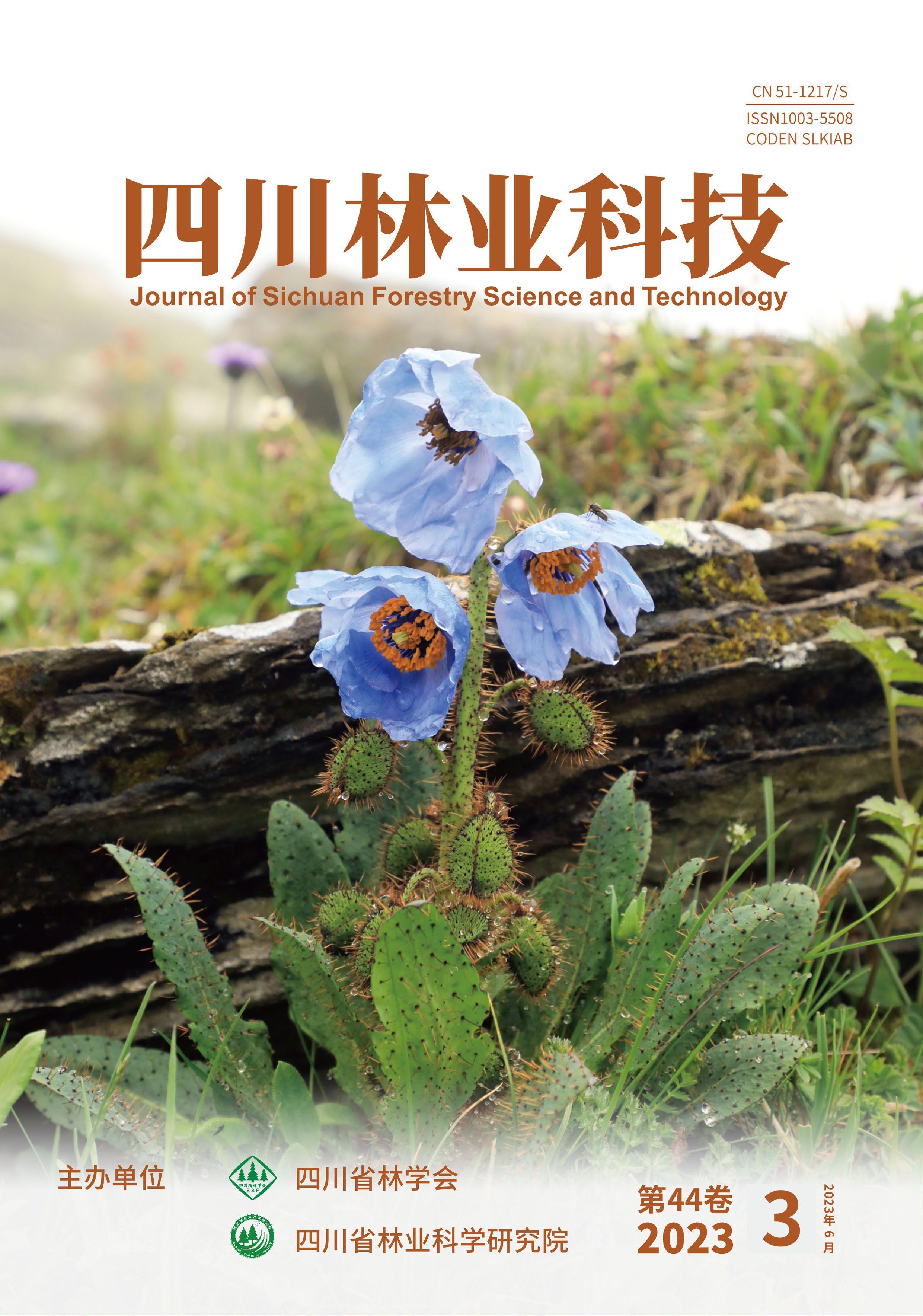
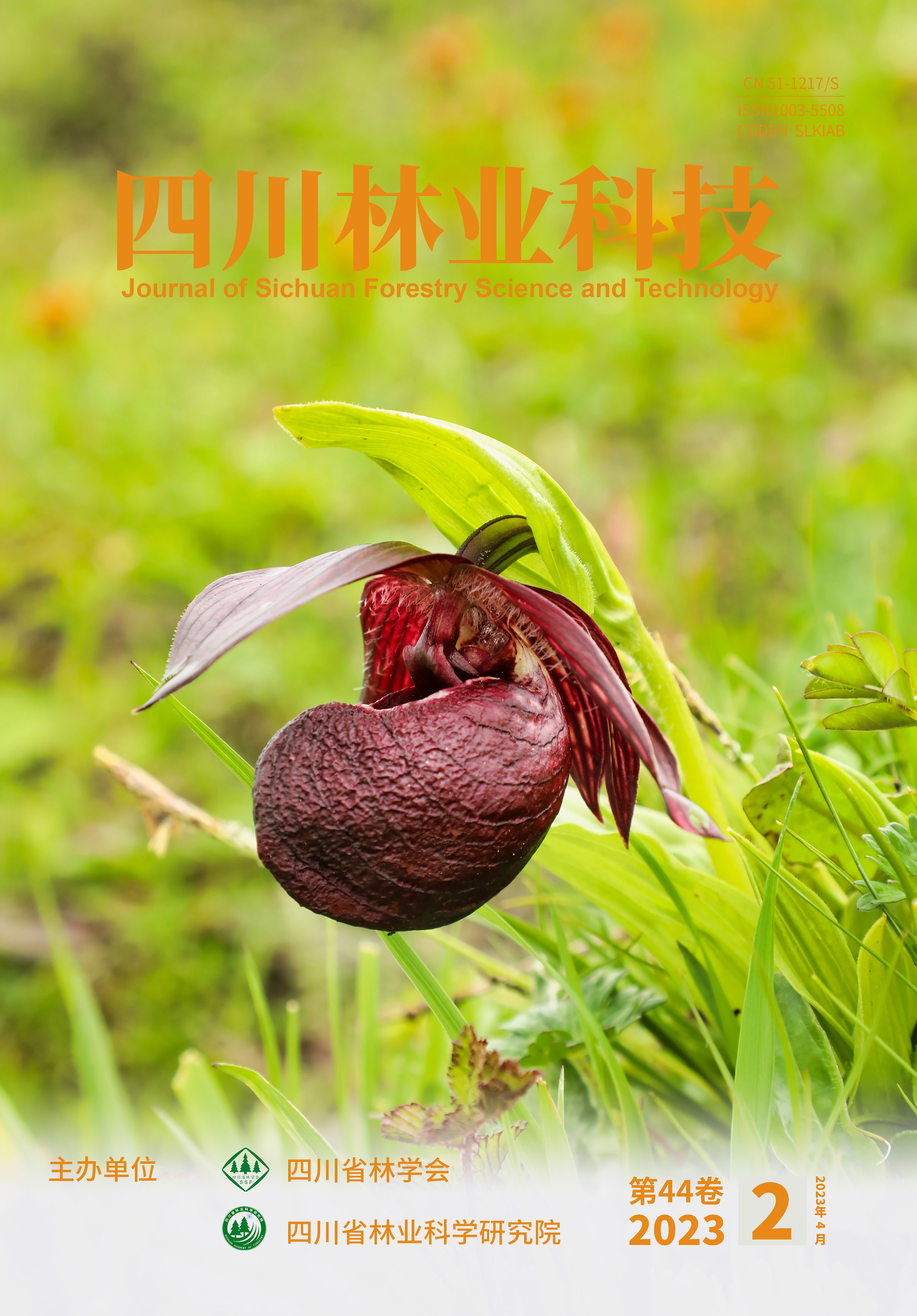
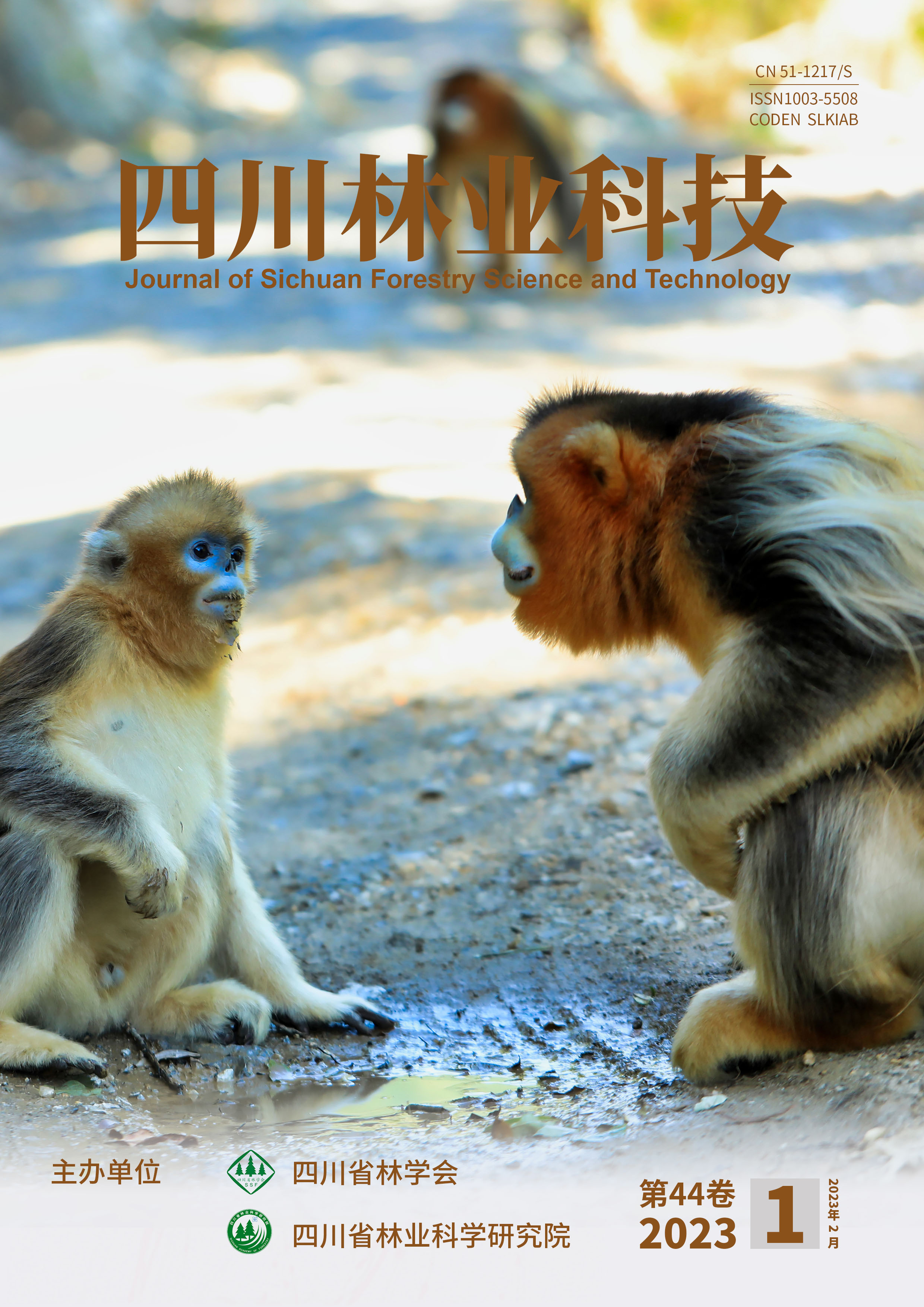


 DownLoad:
DownLoad: